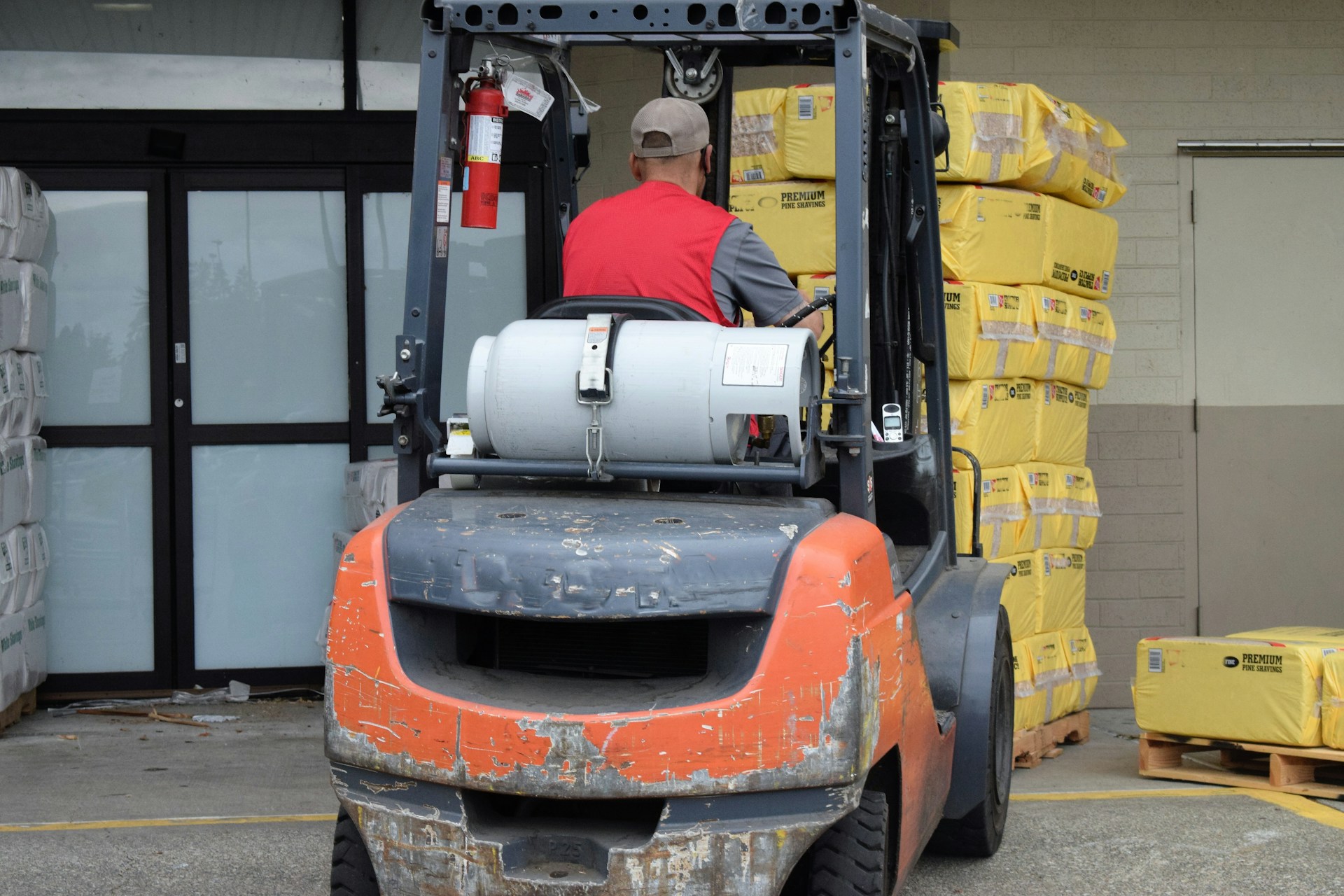Starting a business always comes down to one thing, having the right products to sell. And unless everything is being made in-house, that means having a solid plan for sourcing. The suppliers chosen can make or break a store’s success, because customers will only keep coming back if they find the products they actually want, delivered with consistency.
Platforms like Shopify make this part a little easier by opening up different sourcing options. Whether it’s dropshipping, working with wholesale suppliers, or even offering customizable products, business owners can mix and match what works best for their audience. This flexibility helps shape a store’s catalog in a way that feels both unique and appealing to the people it’s meant to serve.
What Is Product Sourcing?
Product sourcing is the process of finding and securing the right products to sell from reliable suppliers. It can involve buying directly from manufacturers, working with wholesalers who offer a broad mix of goods, partnering with dropshipping providers who ship straight to customers, or even creating a custom product from scratch.
At its core, sourcing goes beyond simply filling shelves. The suppliers a business chooses shape pricing, profit margins, product quality, delivery times, and ultimately customer satisfaction. A strong sourcing strategy helps maintain steady inventory, reduce hidden costs, and adapt quickly when demand shifts.
There are several ways to approach sourcing, depending on business goals and resources. Some sellers buy in bulk from wholesalers to cut unit costs, while others go directly to manufacturers for private-label or white-label goods, giving them greater control over branding. Dropshipping allows businesses to focus on marketing while suppliers handle storage and shipping. Trade shows and online platforms also open doors to vetted suppliers, side-by-side comparisons, and fresh product ideas.
Each method has its advantages and trade-offs, but the aim is always the same: to secure products that meet customer demand while supporting a profitable, sustainable business model.
Common Product Sourcing Methods

Businesses have a variety of sourcing channels to choose from. Each method comes with its own benefits and trade-offs, so the right approach often depends on budget, control, and how quickly products need to reach customers.
1. Buying in Bulk from Wholesalers
Wholesalers purchase directly from manufacturers and resell goods in large quantities at discounted prices. For retailers, this means lower costs per unit and a steady supply of ready-to-sell products. The challenge is that bulk buying requires upfront investment and enough storage space to hold inventory.
2. Sourcing Directly from Manufacturers
Working directly with producers cuts out the middlemen. This can provide better pricing, options for customization, and stronger control over quality. Businesses can choose between white-label goods (generic products sold under their own brand) or private-label products (custom designs made exclusively for them). The downside is higher minimum order requirements and longer lead times.
3. Dropshipping
Dropshipping allows businesses to sell products without ever holding inventory. When an order comes in, the supplier ships the item straight to the customer. This keeps startup costs low and simplifies logistics, but profit margins are usually thinner, and the business has less control over product quality and delivery speed.
4. Online Sourcing Platforms
Digital marketplaces and sourcing apps connect businesses with thousands of verified suppliers worldwide. These platforms make it easy to compare options, import products directly into online stores, and manage inventory updates automatically. They are convenient, but competition can be intense since many sellers source from the same networks.
5. Trade Shows and Industry Events
Attending trade shows gives businesses the chance to see products in person, meet suppliers face-to-face, and negotiate directly. It’s also a great way to spot upcoming trends. While travel costs and time are factors, these events often help build stronger supplier relationships.
6. Developing Custom Products
Some businesses design and produce their own products, either in-house or with manufacturing partners. This approach gives complete control over branding, quality, and innovation, but it requires more time, higher upfront costs, and a solid plan for scaling production.
Best Practices for Product Sourcing
Product sourcing works best when it’s treated as a long-term process rather than a one-off task. Here are five practical habits that can make a big difference:
1. Research suppliers carefully
Don’t rush into a partnership. Compare options, check reviews, and request samples before making a decision. A little due diligence upfront saves a lot of trouble later.
2. Build reliable relationships
Suppliers aren’t just vendors; they can become partners. Communicating clearly, paying on time, and showing consistency often leads to better pricing, faster service, and trust on both sides.
3. Start small and scale gradually
When working with a new supplier, begin with smaller orders. This allows time to test product quality, shipping timelines, and service reliability before committing to larger volumes.
4. Think beyond the unit price
Look at the bigger picture: shipping costs, customs duties, storage, and potential returns. Sometimes the supplier with the lowest sticker price ends up being more expensive in practice.
5. Diversify sourcing options
Relying on one supplier can be risky. Having backups, or sourcing from multiple regions, helps keep business steady even when there are delays or disruptions.
ShipwithMina’s Product Sourcing Services

Finding the right supplier is often the hardest part of running an online store, and that’s where Mina comes in. Instead of business owners spending hours vetting manufacturers, comparing prices, and chasing reliability, Mina simplifies the process with tailored product sourcing support.
Shipwithmina connects businesses with trusted suppliers, negotiates competitive pricing, and helps maintain consistent product quality. Whether it’s wholesale, private-label, or dropshipping, their team matches sourcing strategies to the needs of each store. The result is less guesswork, fewer hidden costs, and a smoother path to building a product catalog that customers actually want.
By taking on the heavy lifting of supplier research and relationship management, Mina allows entrepreneurs to focus more on marketing, sales, and customer experience, knowing their product pipeline is in good hands.
Challenges in Product Sourcing
While sourcing opens doors to business growth, it also comes with its fair share of hurdles. Knowing these challenges upfront makes it easier to prepare and find solutions.
1. Finding trustworthy suppliers
Not every supplier delivers what they promise. Some might cut corners on quality, while others struggle with reliability. Separating the dependable ones from the rest takes time and effort.
2. Quality control issues
Even when a supplier starts strong, consistency can be a problem. Products may look perfect in the first sample but fall short once bulk orders arrive. Regular checks are essential.
3. Hidden costs
Shipping, customs duties, and storage fees can quietly pile up and eat into profits. Many businesses underestimate these extras when calculating overall costs.
4. Communication barriers
Working across different languages, time zones, and cultures can sometimes slow things down or create misunderstandings. Clear communication is key but not always easy.
5. Supply chain disruptions
Global events, factory delays, or shipping bottlenecks can throw off timelines. Businesses that rely on a single source are especially vulnerable when things don’t go as planned.
Frequently Asked Questions

1. What does a product sourcing agent do?
A product sourcing agent acts as a middleman between a business and suppliers. They help identify reliable manufacturers, negotiate pricing, and ensure product quality. Agents are especially useful when sourcing from overseas markets where language and cultural barriers might complicate direct communication.
2. What purpose does product sourcing serve in online retail?
Product sourcing helps you find trustworthy suppliers or manufacturers who can provide quality items for an ecommerce business. It influences pricing, product availability, and customer satisfaction. Good sourcing strengthens the product range and supports healthier profits.
3. How can you find products to sell?
Products can be found through wholesaler directories, online marketplaces, or dedicated sourcing apps. These platforms connect businesses with verified suppliers offering a wide variety of goods ready for resale.
4. What is meant by reverse product sourcing?
Reverse product sourcing flips the usual process. Instead of picking a supplier first, businesses identify trending or high-demand products and then search for suppliers who can provide them.
5. Where should you look for dropshipping products?
Dropshipping products are often sourced from platforms like AliExpress. Many ecommerce platforms, such as Shopify, also integrate with apps that connect directly to suppliers, making it easier to sell without holding inventory.









